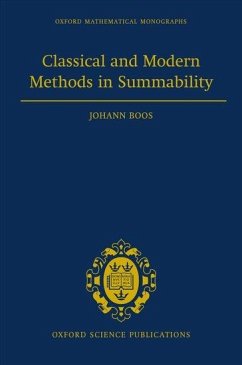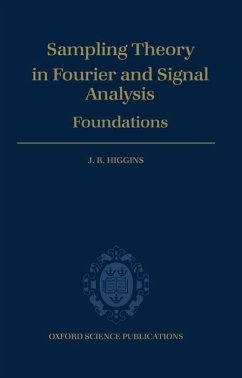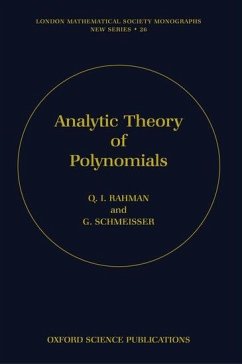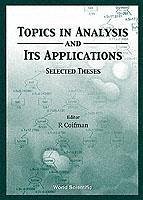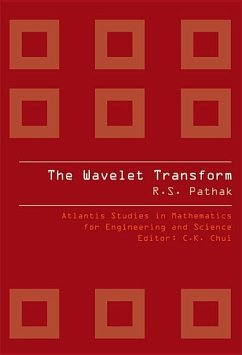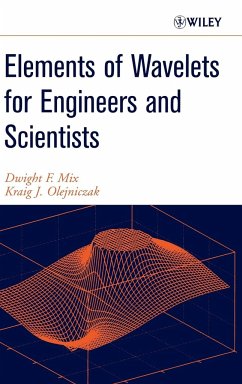
Borel's Methods of Summability
Theory and Application
Versandkostenfrei!
Versandfertig in über 4 Wochen
104,99 €
inkl. MwSt.

PAYBACK Punkte
52 °P sammeln!
Summability methods are transformations that map sequences (or functions) to sequences (or functions). A prime requirement for a "good" summability method is that it preserves convergence. Unless it is the identity transformation, it will do more: it will transform some divergent sequences to convergent sequences. An important type of theorem is called a Tauberian theorem. Here, we know that a sequence is summable. The sequence satisfies a further property that implies convergence. Borel's methods are fundamental to a whole class of sequences to function methods. The transformation gives a function that is usually analytic in a large part of the complex plane, leading to a method for analytic continuation. These methods, dated from the beginning of the 20th century, have recently found applications in some problems in theoretical physics.
Borel's methods of summability--transformations of one series of numbers to another--are fundamental to a whole class of sequences to function methods. Conceived at the beginning of the 20th century, they have been increasingly applied to exciting new problems in theoretical physics. Comprehensive and rigorous, this book offers an outstanding overview of the subject. It will be sought after by students and researchers in number theory.



